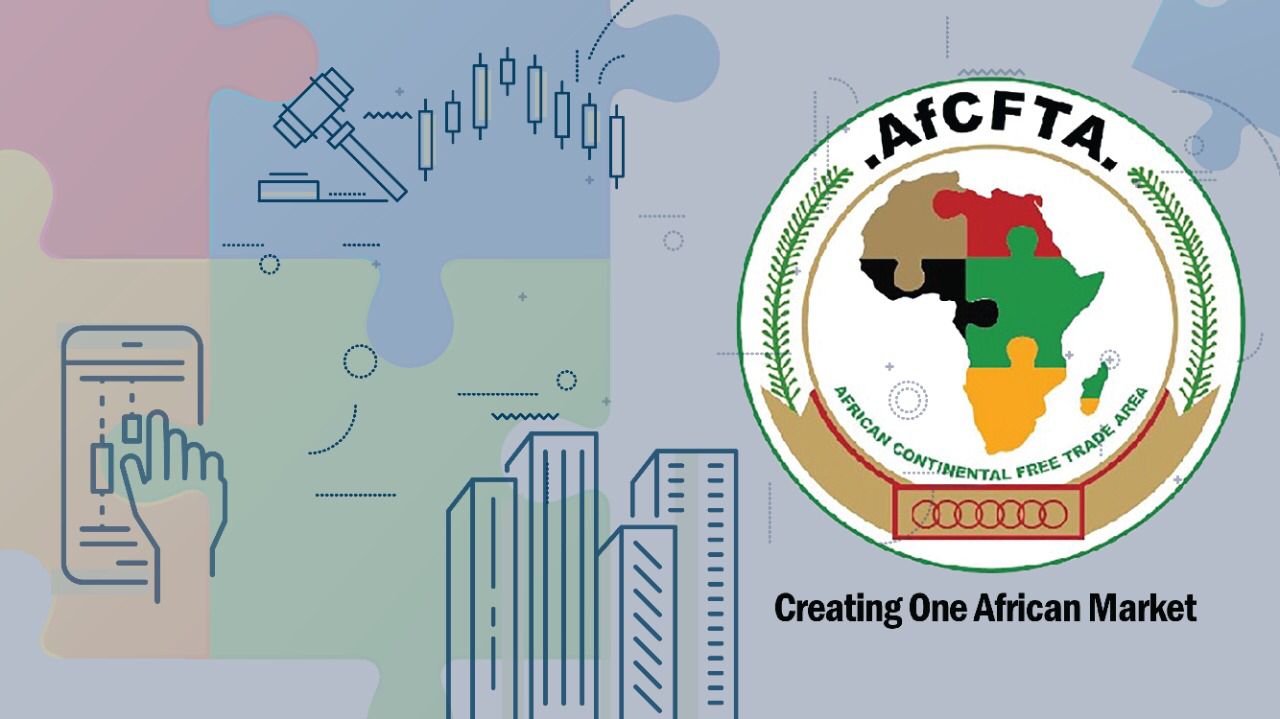How E-Commerce in The AfCFTA Is Powered by Fintechs

In 2018, the world’s largest trade bloc since the formation of the World Trade Organisation (WTO) in terms of participating countries, the Africa Continental Free Trade Area (AfCFTA) was formed. It brought together 54 of the 55 African countries with trade commencing on 1st January 2021. Only Eritrea is not a member.
The goal of AfCFTA was to bolster trade among African countries through the removal of tariffs from 90 per cent of goods, free access to commodities and services across the continent. It was estimated by the United Nations Economic Commission for Africa would boost intra-African trade by 52 per cent by 2022.
This would be a huge boost considering the intra-African exports were just 16.6 per cent of total exports in 2017. Compared with other regions, it was 68.1 per cent in Europe, 59.4 per cent in Asia and 55 per cent in America according to UNCTAD. African exports to the rest of the world between 2000-17 stood at 80 per cent to 90 per cent.
The State of E-Commerce in Africa
According to GSMA, the mobile economy accounted for 6.7 per cent (USD 153bn) of Africa’s GDP in 2016. This figure was estimated at 7.6 per cent (USD 214bn) in 2020. However, technology-related productivity gains in key sectors like fintech, education, health and agriculture were projected to grow to between USD 148bn – USD 318bn by 2025.
This growth is attributed to several factors that include increased internet and mobile penetration and the cost of data coming down. E-commerce in particular is expected to grow exponentially in the next decade with big barriers like tariffs being removed and logistics getting better.
The Payments Conundrum and How Fintechs Are Solving It
Online payments are the key to the success of e-commerce, especially intra-African commerce. The lack of it makes it virtually impossible for merchants to trade their goods and services. Sales will be limited to specific countries where online payment is possible.
Many fintechs have recognised this opportunity and are expanding rapidly across the continent to meet these needs. In October, AfreximBank and the AfCTA secretariat rolled out the Pan-African Payment and Settlement System(PAPSS) in West Africa which will enable instant cross-border payments in local currencies.
Nigerian payments startup, Flutterwave, is live in 20 countries but has an infrastructure reach in over 33 countries on the continent. Flutterwave introduced the Flutterwave Store for merchants in 15 countries and has attracted 20,000 already. It also collaborated with PayPal to allow merchants on the continent to receive payments through its “Pay with PayPal” feature.
Another Nigerian fintech powering e-commerce in Africa is Paystack. The Stripe-backed payments startup claims to be responsible for 50 per cent of all online payments in Nigeria. It has over 60,000 merchants on its platform and expanded to South Africa in May making it its third market on the continent. Ghana is the other.
In East Africa, DPO Group has been building and scaling technology to fund online payments since 2006. Headquartered in Nairobi, the startup has over 50,000 merchants using its platform across Africa. In July 2020, it was acquired by London-based Network International for USD 288m in a watershed moment for African fintech.